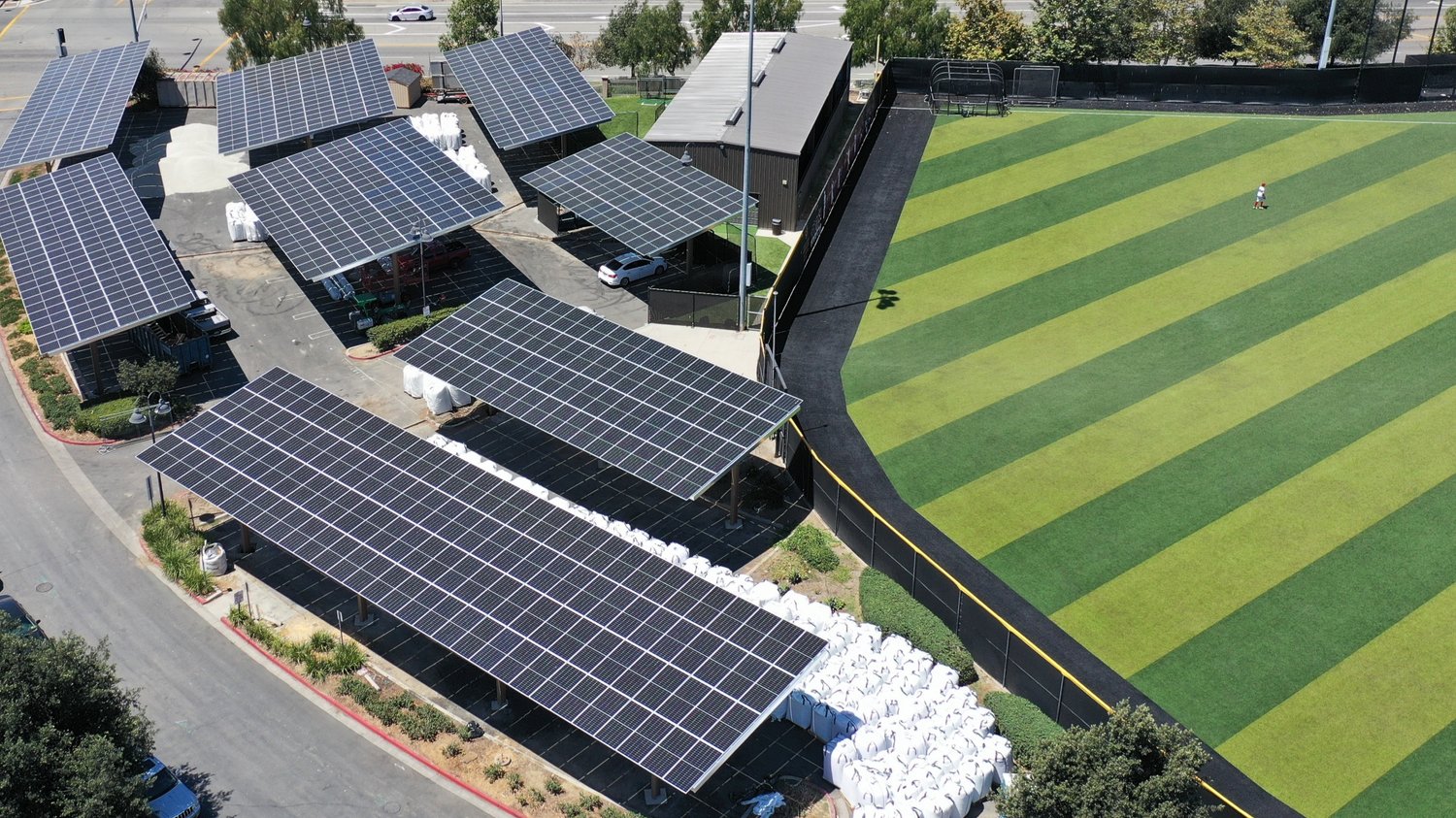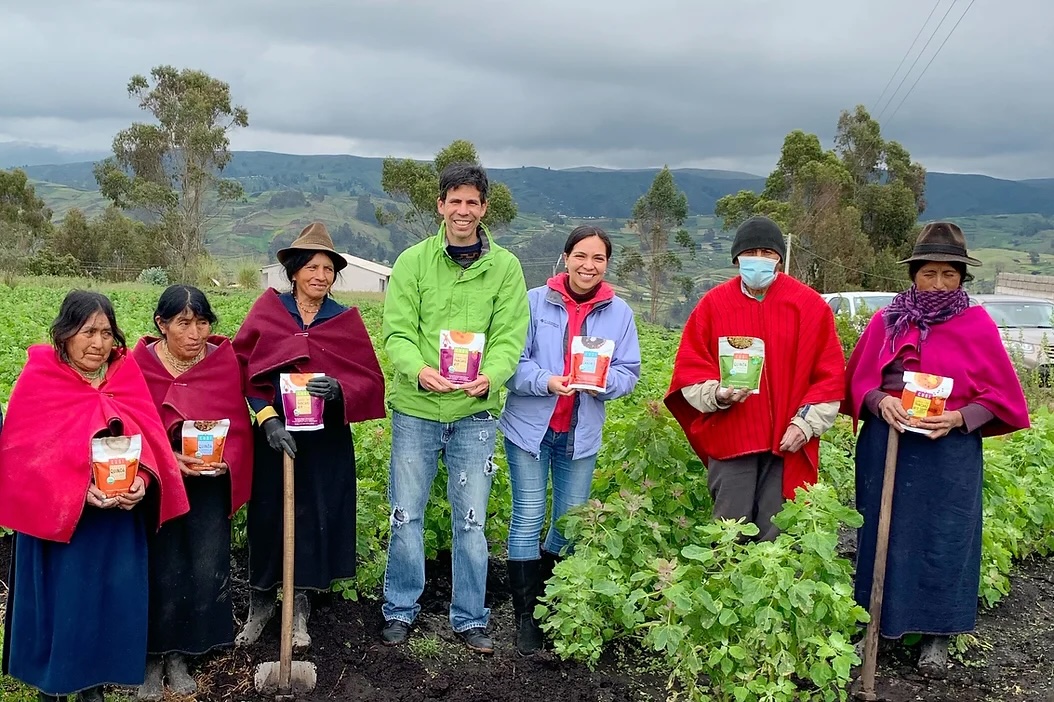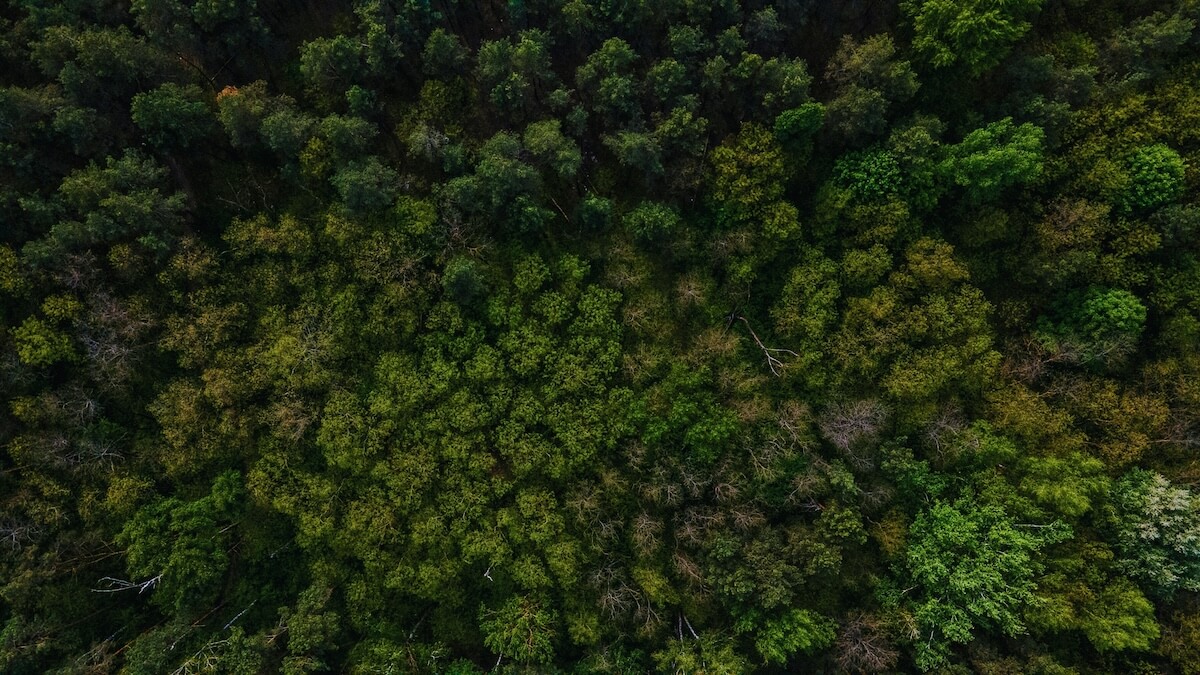It’s been less than a year since Ajay Banga took over as president of the World Bank; he immediately faced intense pressure to modernize the bank’s policies and operations to facilitate more and fairer capital flows for emerging economies’ intensifying development and climate needs.
At the annual Spring meetings of the World Bank and International Monetary Fund in Washington, DC, this week, even bank critics saw signs of progress on financial system reforms, sovereign debt distress and development finance impact transparency.
“This agenda at the World Bank is starting to bear some real fruit and reforms,” observed Alexia Latortue, the US Treasury’s assistant secretary for international trade and development.
Among the developments: an update to its mission statement that includes “ending extreme poverty and boosting prosperity on a livable planet. An agreement to offer debt repayment suspensions to the most vulnerable countries in the event of a natural disaster. Inclusion of individual countries’ climate and development needs and goals in the World Bank’s “private sector diagnostics” to expose opportunities and constraints for private investment. An overhaul of its guarantee business with the goal of tripling guarantees to unlock private investment in emerging economies by 2030.
Although much more work is still needed, said Latortue “it’s heartening to see that multilateral development bank evolution has become a central part of the development agenda.”
Payment suspensions
The wealth gap between the poorest countries and wealthiest is widening. The annual funding gap to meet the 2030 Sustainable Development Goals has grown since the Covid pandemic to $4.2 trillion. Low and climate-vulnerable countries are paying out more in interest on their costly sovereign debt than development finance institutions are sending in to meet countries’ climate resilience and development needs. Climate adaptation finance for emerging markets is falling short of what’s needed by almost $150 billion each year.
Wealthy nations “are crying poor right now,” but relatively straightforward policy changes can have an enormous impact, Mick Sheldrick of advocacy nonprofit Global Citizen tells ImpactAlpha. The advocacy nonprofit’s new report, “Where is the money?” offers a half-dozen ways to scale financing for climate and development.
In Barbados, whose Prime Minister Mia Mottley has been one of the loudest and most effective critics of development finance, debt repayment suspension in the event of a natural disaster could unlock $700 million, or 15% of the Caribbean nation’s economy.
“That’s far greater than any amount of humanitarian aid or loan that [Barbados] might get from the World Bank,” says Sheldrick. “There are measures that we can take that wouldn’t necessarily cost taxpayers and wealthy nations that much more money.”
Catalyze and concede
The “Vulnerable 20” group of what are now 68 countries dialed up its demands for “a fairer global system with global financial safety nets that work for the most climate-vulnerable countries.” V20 countries are getting battered by high sovereign debt loads, which makes it harder for them to borrow for resilience efforts.
“We urge the international financial community, especially credit rating agencies and the reinsurance industry to refrain from unfair risk premiums, incomprehensive and inaccurate valuations of our economies that inexcusably drive up the cost of capital, and call for more accountability in these industries,” the group wrote.
The V20 wants more grant funding to be available for climate adaptation and for “new [debt] financing for climate action to be on highly concessional terms,” including 25- to 50-year lending timelines, local currency debt, first-loss capital tranches and guarantees.
It also called on the World Bank to increase by $186 billion the coffers of its International Development Association, which lends to the poorest countries (Banga said he wants an increase of $100 billion from member countries).
The V20 is establishing a permanent base in Ghana; its presidency this year goes to Barbados.
Publish your impact
Multilateral and bilateral development institutions are seeking more capital from their governments and member countries, even though their ability to mobilize private capital into underserved markets is stalled at about $64 billion annually.
“The bottom line is that without significant change, current mobilization practices will not deliver the scale of financing necessary to meet global demands,” notes Gary Forster of Publish What You Fund.
The organization last year released its inaugural benchmark exposing development finance institutions’ (lack of) data transparency on their investments and impacts. Since then it’s seen demonstrable progress from the International Finance Corp., the African Development Bank and others on better impact disclosures of their projects.
A new proposal from Publish What You Fund calls for tangible actions to improve impact measurement and disclosures, including categorization of balance sheet, primary and secondary private capital mobilization to prevent “double counting” among development finance institutions.
“Everybody wants the banks to get more money, but wants them to be better institutions,” says Forster. “We’re only going to know if they’re better if we’ve got transparency around impact.”











